Creativity has been central to James Shee’s career across both art and science
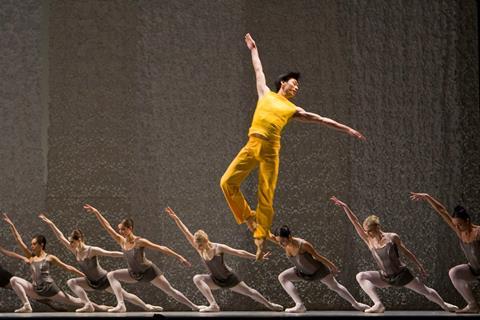
James Shee, assistant professor of chemistry at Rice University in the US, has charted an unconventional career path by making decisions based on what he loves. ‘It takes courage to be unconventional, but such experiences provide a natural path towards uniqueness – in art, science and more.’
Shee excelled in maths and science in high school as well as in music, playing the drums in various jazz bands, but he wasn’t fascinated by the Stem subjects. ‘What really excited me were the courses that asked the “big questions” or inspired profound introspection,’ Shee explains. He also received a full scholarship to the Deane Dance Centre in Sacramento, California.
His first exposure to dance had been at a very young age when his parents put him in a music and movement class. ‘I have these videos of waving around a ribbon and walking around … I think that’s how it started.’
In his senior year, aged just 17, Princeton University sent him an admission offer. But that summer San Francisco Ballet asked him to stay as a trainee and so he had to make a daunting decision.
He chose ballet. His parents weren’t entirely happy, but accepted his decision because he had skipped a grade. The plan was to take one year, turn 18, then go to college. But by the end of that year, Shee auditioned for a few companies and accepted a job with the National Ballet of Canada against the will of his parents; he knew he had to pursue his passion for dance. So Shee moved to Toronto, deferring his admission to Princeton.
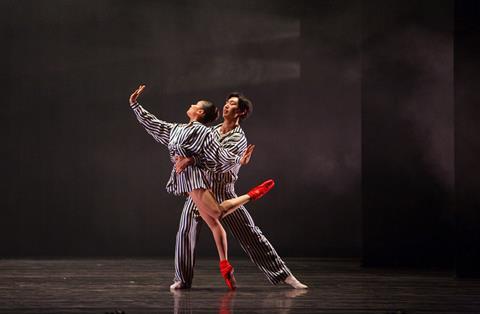
His two years at the Ballet were rigorous but he enjoyed being in a community of dancers and artists. He performed many principal level roles. And then the call from Princeton came again. The Dean of Admissions ‘made it clear to me that I could not defer any longer … and so I was faced with a pretty difficult choice.’
Shee’s decisive moment came when he went to a ballet performance and found that he preferred to close his eyes and listen, instead of watch – maybe it was music that he loved more than ballet. ‘And so I said: “Let me just try to do something else besides dance.”’
Choosing computational chemistry
As an undergraduate at Princeton, Shee explored many subjects from finance to philosophy. ‘I had this cool experience taking introductory chemistry where you start to learn about quantum mechanics,’ he explains. Witnessing computational chemistry changing the course of experimental science also pushed him to learn more about the fundamentals of quantum mechanics, ‘but I also wanted to design new computational methods that are more accurate than the ones we currently have.’
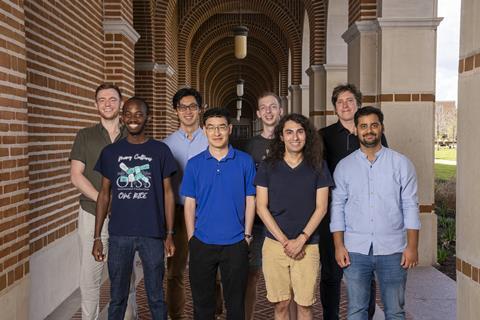
To pursue this, Shee moved to Columbia University in New York for a PhD focused on applying a computational algorithm, known as the Monte Carlo method, to chemical problems. He was able to make predictions about transition metal chemistry, and designed new molecules that could help photon upconversion – a process that could increase the efficiency of solar cells. ‘Computational chemistry can have a huge effect; there are all kinds of technological applications and real-world impacts,’ he says.
Shee danced with small professional ballet companies while at graduate school: ‘[New York’s] probably one of the only cities in the world where you can write a quantum Monte Carlo code half the day and then go dance for a few hours,’ he says. ‘It was the only thing that I could do [where] I don’t think about science or research at all.’
After a stint as a postdoc at University of California, Berkeley, for the past year and a half Shee has been at Rice University, where he has had to balance a new job with being a new dad. ‘It’s quite a juggling act. New job, new city, new baby. It’s very hard,’ he says.
The acts of making art and doing science have a lot of human aspects
He thinks family life and science are not as separate as they sometimes appear. ‘I think they’re complementary,’ he says. ‘I see my son learning all kinds of things every single day.’ Shee compares it to watching a scientist work, observing that his baby is making hypotheses and testing them out all the time. ‘I get inspiration from family time,’ he says.
Shee’s current ambitions involve him attaining tenure in the next five years. ‘I think it’s useful to have long-term research goals, but also to be flexible – if some opportunity arises, take it,’ he says. However, his passion for dance has not diminished and he wants to build bridges between science and art.
‘The acts of making art and doing science have a lot of human aspects,’ he explains. He views creativity as equally important to both fields. The advice he has for scientists and dancers is the same: ‘It takes a lot of work to create something … if something doesn’t come naturally, don’t give up.’


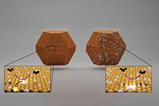
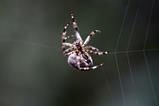
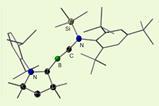
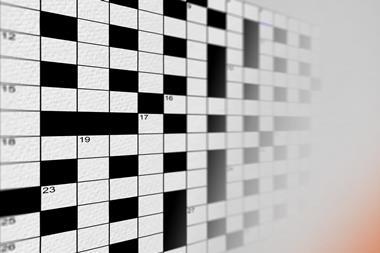

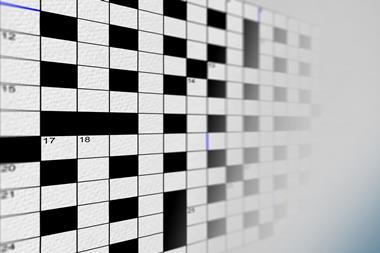
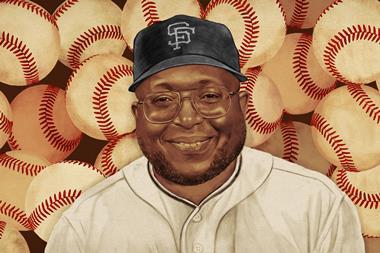

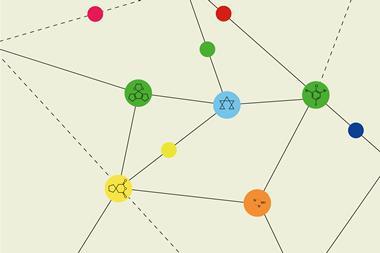

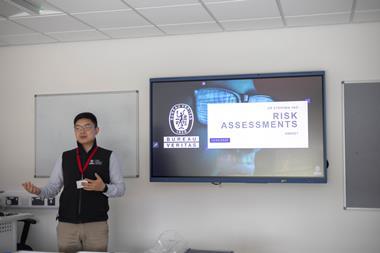
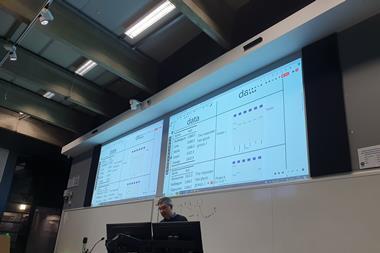
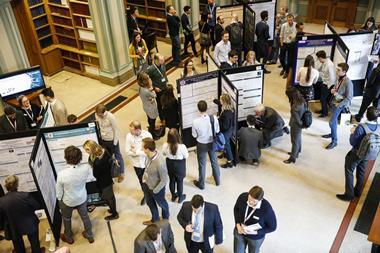
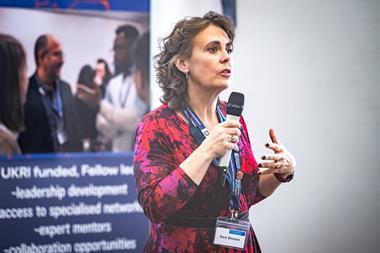

No comments yet